Across America’s blue frontiers, coral reefs are hitting a hard truth: warming seas and fast-moving diseases are reshaping living cities that took centuries to build. Yet the story isn’t only loss. Scientists, local communities, and reef managers are racing forward with new tools – from satellite heat alerts to cryobanks – that read like science fiction and work in the real world. The tension between urgency and ingenuity has never felt sharper, especially after recent marine heatwaves that pushed Florida and parts of the Caribbean to the brink. This is the moment when small victories matter, bold experiments scale up, and the future of these underwater neighborhoods is being negotiated – polyp by polyp.
The Hidden Clues
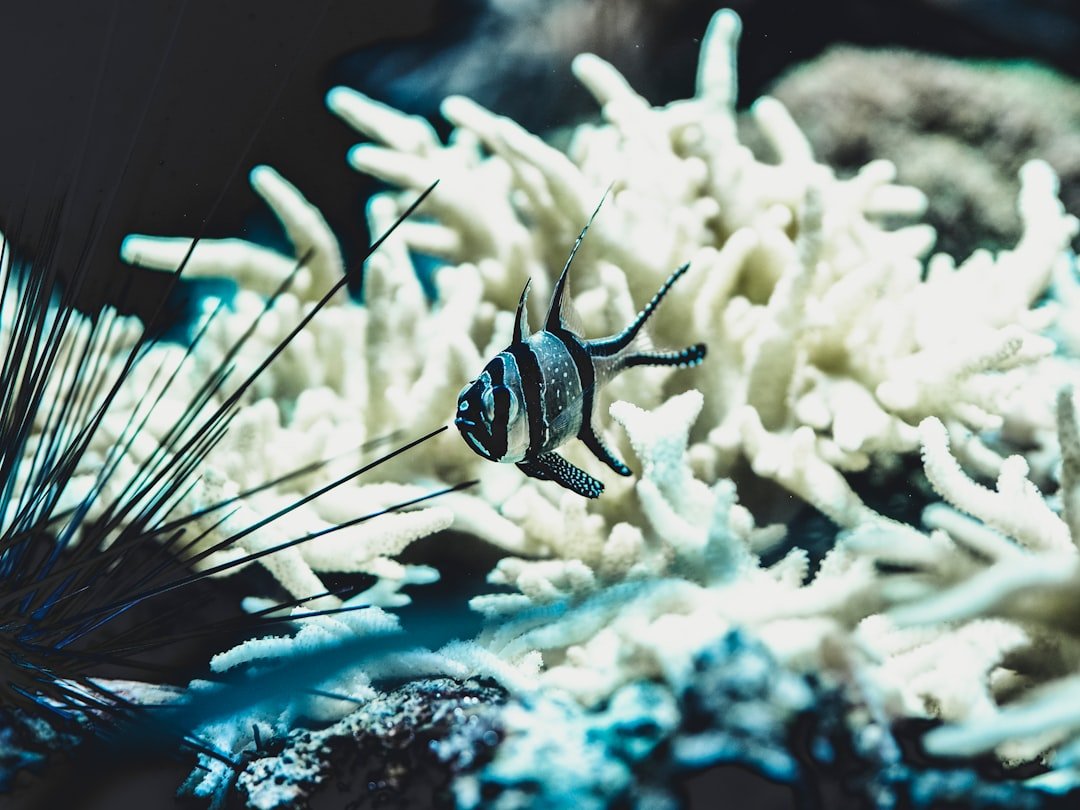
What if the loudest warning from the ocean was nearly silent? Coral reefs whisper in color, shifting from lush browns and neon greens to ghostly white as heat-stressed animals eject their symbiotic algae. Fact: America’s only living barrier reef along the continental mainland runs off Florida, and in recent summers parts of it bleached so fast that field teams watched the change in real time. Fact: U.S. reefs also arc across the Pacific – from Hawai‘i to American Samoa, Guam, and the Northern Mariana Islands – forming one of the most geographically diverse reef networks on Earth. When temperatures spike, early clues arrive as subtle paling, slower growth, and a hush in reef soundscapes, where fish choruses thin out like a stadium emptying at halftime.
I felt that hush snorkeling the Keys after a heatwave, where vibrant elkhorn fingers looked faded at the tips. Fact: reefs cover less than 1% of the ocean floor but support roughly one quarter of marine species, a mismatch so extreme it’s almost absurd. That disproportionality makes every lost colony feel oversized, like losing an apartment building in a city with nowhere else to house its residents. The lesson is simple and unsettling: reefs can look fine until they suddenly don’t, and by then the clock is already running hot. Spotting those hidden clues early is the difference between triage and recovery.
From Ancient Tools to Modern Science
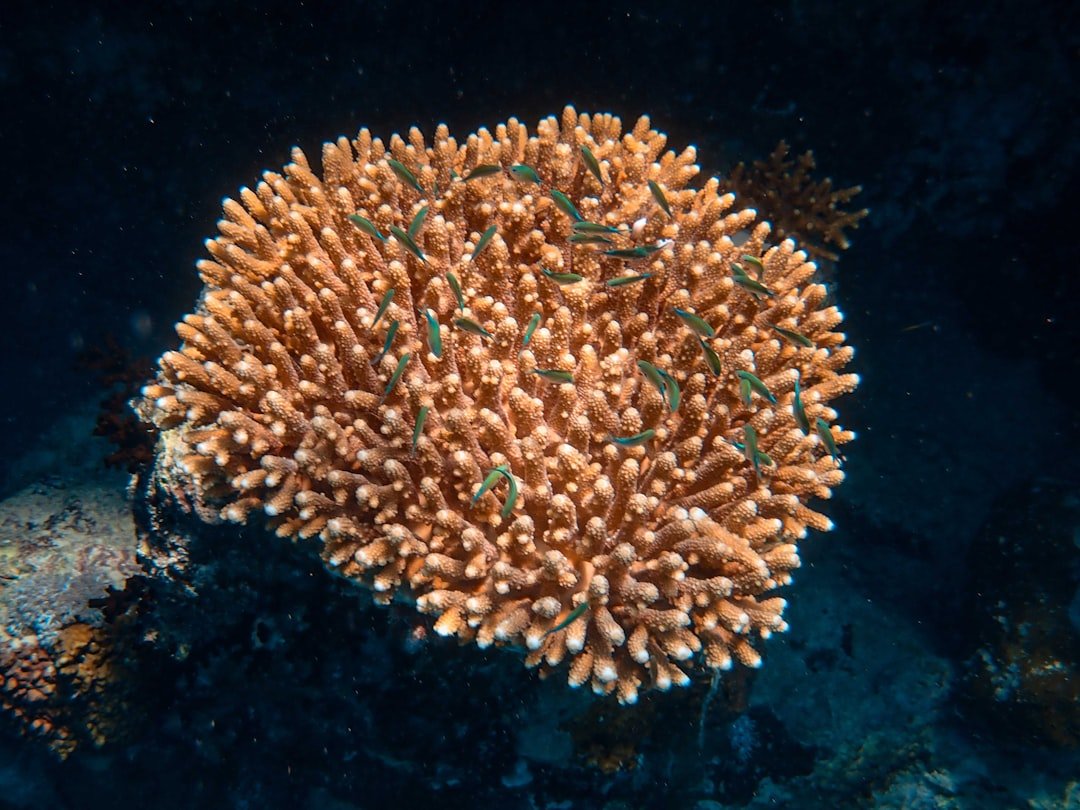
Corals are ancient engineers, building limestone skeletons that stack into breakwaters over millennia. Today, scientists meet that slow magic with fast tools: satellite thermal tracking, drone mapping, autonomous reef cameras, and environmental DNA sampling that detects species from a bottle of seawater. Fact: NOAA’s Coral Reef Watch translates satellite data into real-time bleaching risk, giving managers days to weeks of lead time. Fact: eDNA surveys now flag hard-to-see invaders and reveal cryptic biodiversity, a quiet revolution that’s cheaper and faster than many dive transects. When you combine those streams, the map of reef health updates almost like traffic on a navigation app.
Underwater, restoration labs test microfragmentation, slicing corals into postage-stamp pieces that fuse and grow many times faster than larger cuts. Fact: assisted evolution approaches – selective breeding, thermal conditioning, and swapping heat-tolerant symbionts – are moving from pilot studies into field trials across U.S. jurisdictions. It’s not about “designing” corals; it’s about giving natural variation a nudge toward survival under new rules. These are measured bets, not silver bullets, but they widen the runway for reefs under pressure.
Florida’s Heatwave Wake-Up Call
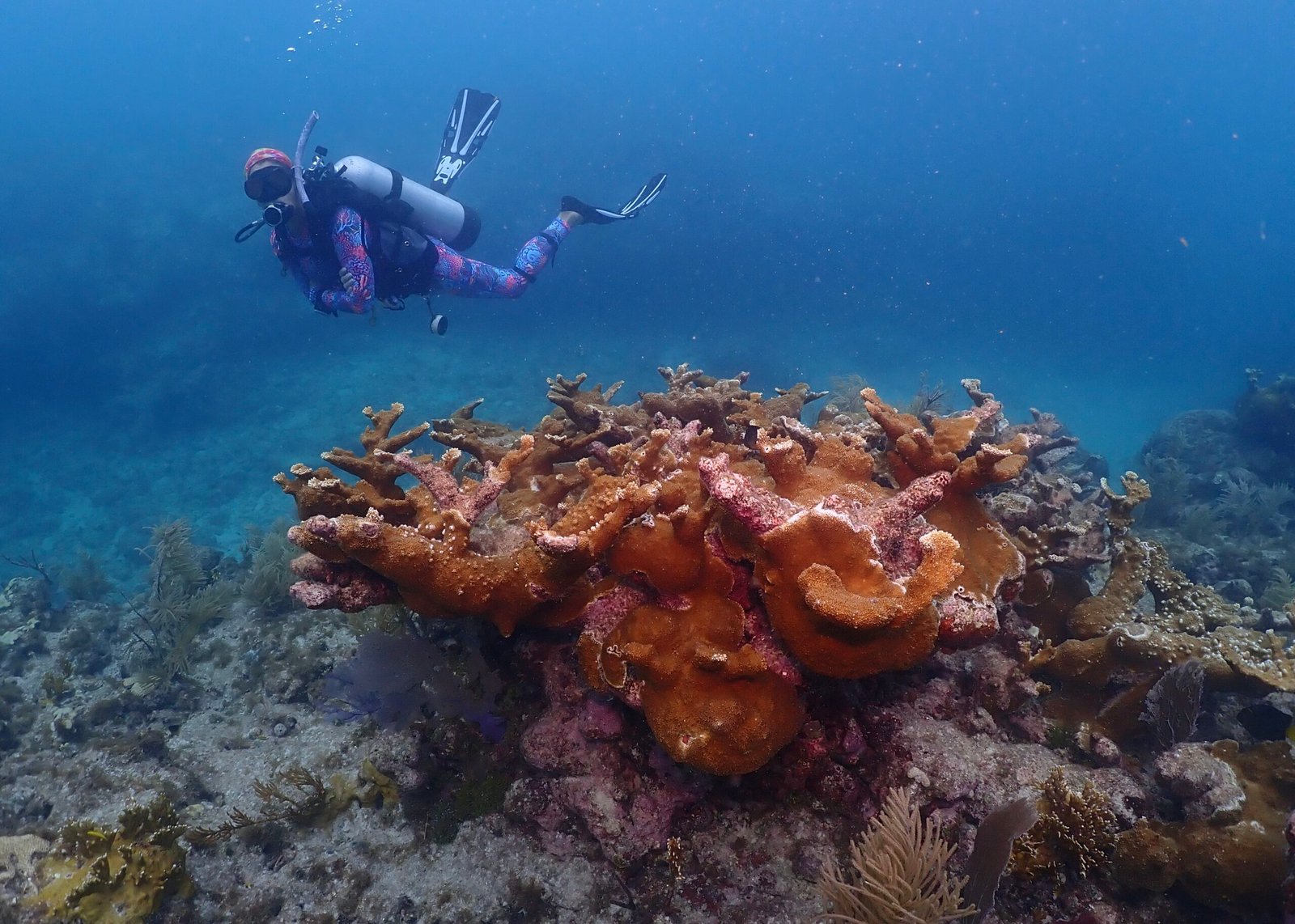
Florida has become the headline everyone reads because the stakes are so visible. Fact: the Florida Keys reef tract anchors fisheries, supports tourism, and buffers coastal communities from storm energy, turning living limestone into hurricane armor. During recent marine heatwaves, teams rushed corals into land-based nurseries, shaded shallow sites, and triaged colonies like emergency medics. Fact: Stony Coral Tissue Loss Disease, first reported off Miami in 2014, has marched through much of the Caribbean and forced an unprecedented rescue of genetic stock. That one-two punch – heat plus disease – taught managers to plan for compound crises, not isolated threats.
Amid the scramble, restoration didn’t stop. Fact: Mission: Iconic Reefs aims to rebuild seven flagship sites in the Keys by layering outplanting, predator control, and long-term stewardship. The plan is as much social as scientific, knitting together dive shops, local governments, and researchers in a shared playbook. It’s proof that even in a rough season, communities can shift from watching to doing. And doing, in Florida, now means thinking in decades, not weekends.
The Wild Heart of the Pacific
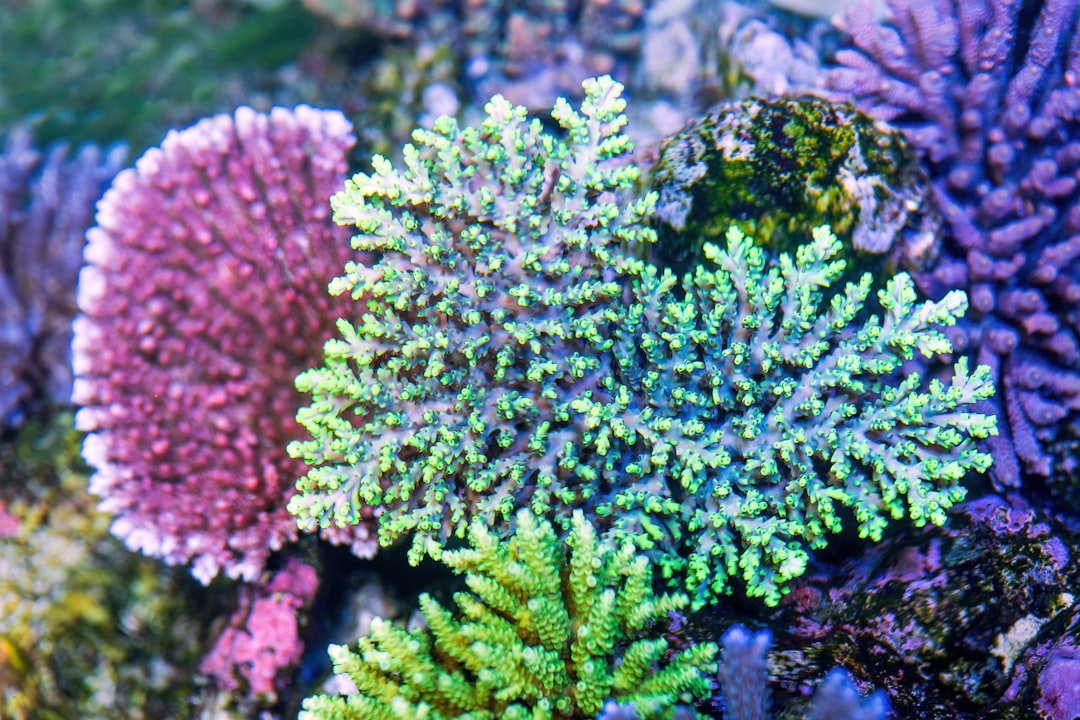
Travel west and the U.S. reef story expands by orders of magnitude. Fact: Papahānaumokuākea Marine National Monument spans an area so vast it ranks among the world’s largest marine protected zones, a sanctuary for sharks, seabirds, and sprawling coral gardens. Remote Pacific reefs near Palmyra, Howland, and Wake remain among the least disturbed U.S. coral systems, offering a living laboratory for resilience. Fact: Flower Garden Banks in the Gulf of Mexico, though smaller, has historically kept unusually high coral cover for the region, a bright spot managers guard with vigilance.
These far-flung reefs are not invincible, but they buy time. They help scientists test how isolation, protection, and clean water stabilize coral communities under heat stress. Fact: mesophotic reefs – deeper, twilight-zone habitats – may act as partial refuges for some species, though not all corals can make that depth jump. The Pacific, in other words, is both a refuge and a reminder: protection helps, but temperature still sets the rules.
Builders, Breakers, and Diseases
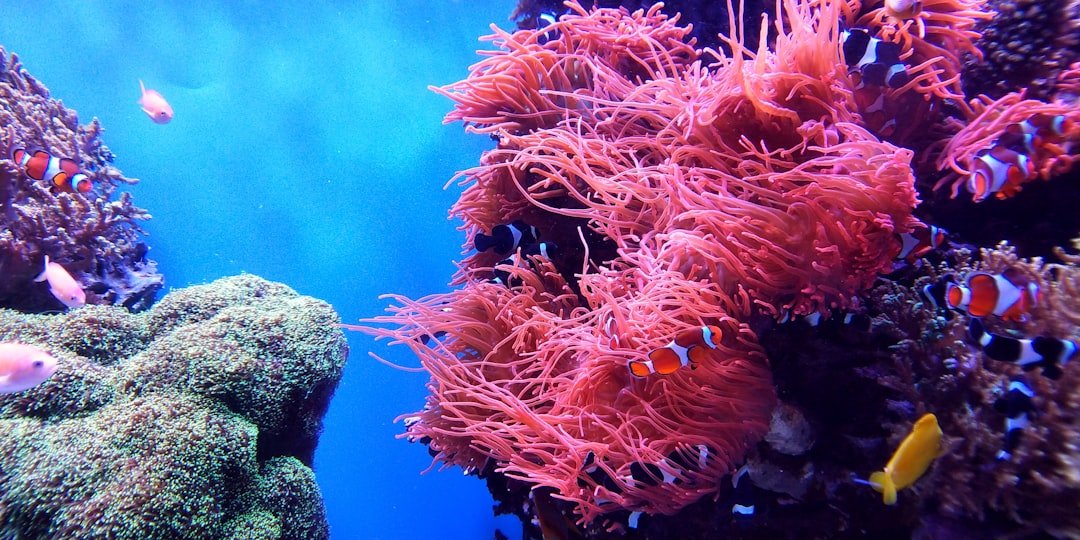
Corals are community builders, but they host their own cast of supporting players and saboteurs. Fact: reef fish graze algae like gardeners, keeping space open for coral recruits; lose the fish, and algae can smother new growth. On the other side, warming boosts certain coral predators and pathogens, tipping the balance toward breakdown. Fact: two emblematic Caribbean corals – elkhorn and staghorn – are listed as threatened, and their comeback depends on restoring genetic diversity and reducing local stressors like pollution and overfishing.
Then there’s the wave shield we tend to forget until a storm hits. Fact: reefs blunt incoming swell, reducing coastal flood heights and sparing communities billions of dollars in avoided damage every year. That service turns out to be one of the most persuasive arguments for funding reef repair at scale. Reefs are infrastructure, not ornaments, and their maintenance bill arrives whether we budget for it or not. Pay a little now, or pay a lot after the next storm.
Global Perspectives
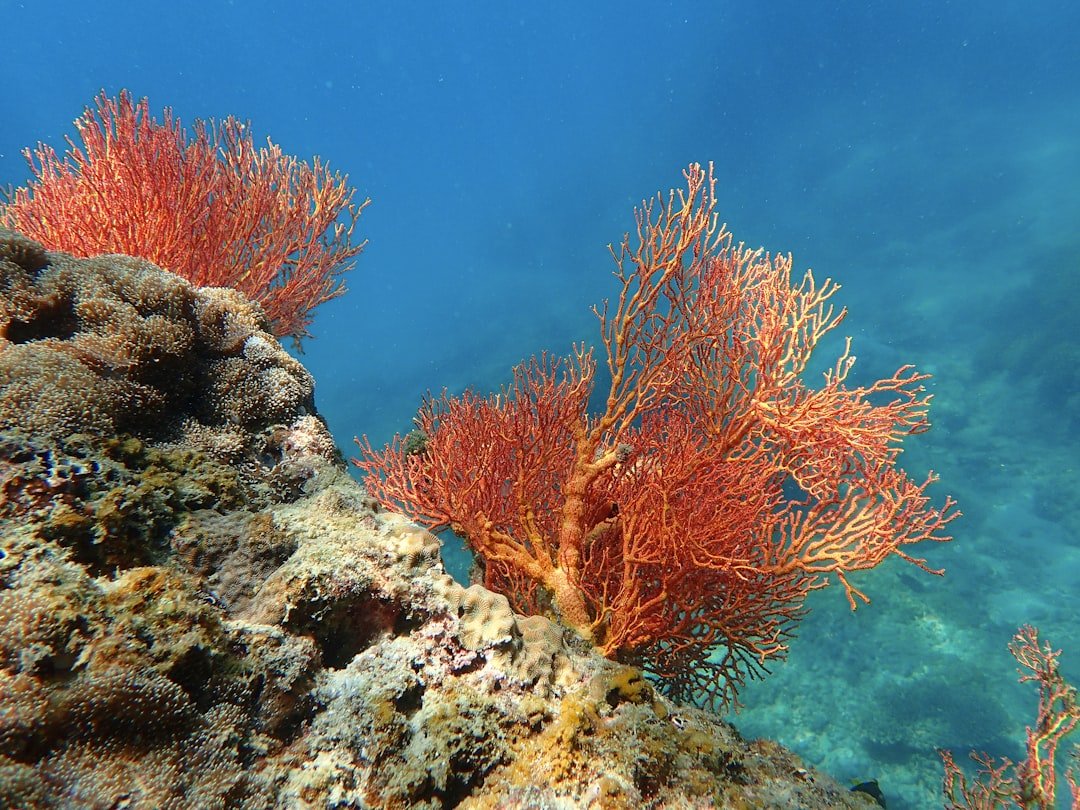
America’s reef story is stitched into a global pattern of heatwaves that now arrive more often and last longer. Fact: over the past few years, widespread bleaching has been confirmed across multiple ocean basins, placing U.S. reefs inside a much larger climate narrative. What stands out is variability – some sites crash, others bend and rebound – which helps scientists isolate traits and conditions that confer resilience. Cleaner water, intact herbivore communities, and strong protections show up again and again as common threads.
Policy is evolving too. Fact: several U.S. jurisdictions restrict certain sunscreen chemicals linked to coral stress, a small but symbolic move toward reef-friendly norms. Internationally, debt-for-nature swaps, resilience credits, and blue-carbon financing are testing new ways to value living coasts. The upshot is simple: reefs are no longer just biodiversity hotspots; they’re treated as climate adaptation assets with real price tags. That reframing changes who shows up at the table – and how quickly money moves.
Why It Matters
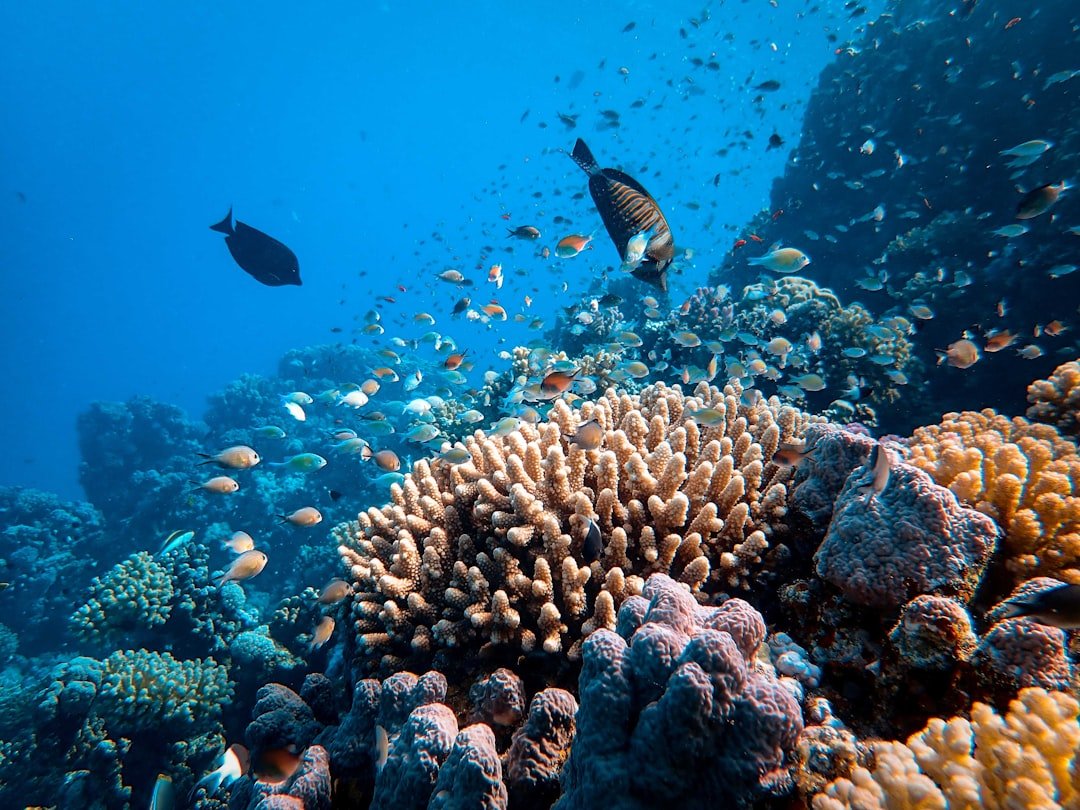
Zoom out, and reefs become a test of how we steward common goods in a warming world. Traditional conservation leaned on setting aside space and limiting catches, which still matters, but climate risk leaks across boundaries like smoke. Today’s reef game blends old-school protection with heat forecasting, disease response, and active gardening at unprecedented scales. The comparison is stark: yesterday’s approach managed scarcity; today’s must manufacture resilience.
Fact: coral reefs feed millions, power local economies, and anchor cultural identities across U.S. states and territories. Fact: they also serve as living archives, recording ocean chemistry in their skeletons the way trees record rainfall in rings. When reefs falter, livelihoods and histories wobble with them. Saving reefs isn’t a boutique cause; it’s a stress test of science-policy teamwork – and of our willingness to back solutions before losses become permanent.
The Future Landscape
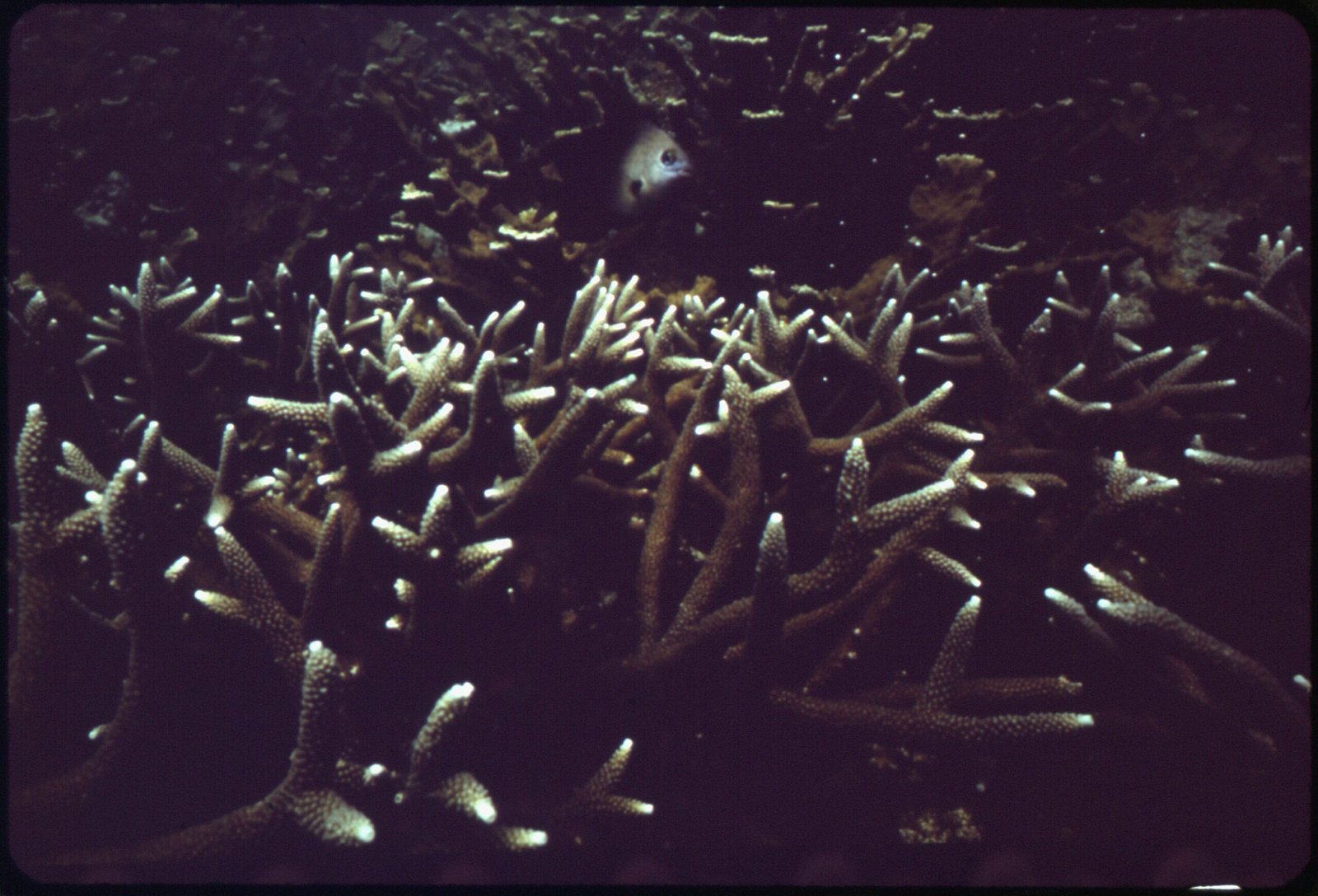
The next wave of reef science looks daring – and necessary. Fact: cryopreservation is building coral and symbiont seed vaults to safeguard genetic options for tomorrow’s oceans. Fact: AI-assisted image analysis and low-cost acoustic sensors are turning reef monitoring into a continuous feed, catching trouble faster than seasonal surveys. Engineers are piloting cement-free, pH-friendly substrates and 3D-printed reef modules that encourage natural settlement without locking us into brittle structures.
Biologists are scaling larval seeding, releasing billions of baby corals during spawning windows and guiding them to receptive habitats. Assisted gene flow is moving heat-tolerant lineages within their native ranges, with strict guardrails to avoid unintended consequences. And coastal planners are pairing living reefs with smart zoning and mangrove restoration, a hybrid defense that buys communities precious breathing room. The challenge now is speed: can we move from dozens of sites to thousands before the next big heat pulse arrives?
How You Can Help
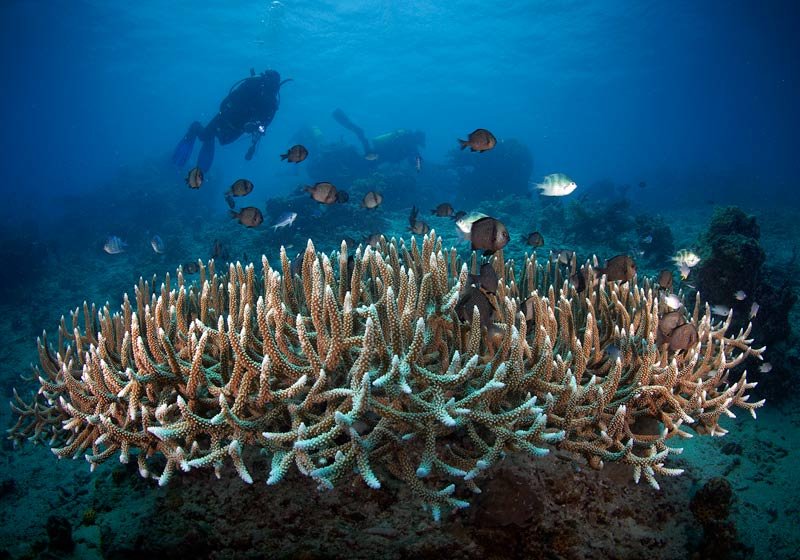
You don’t need a lab coat to matter here. Choose reef-safe sunscreens where they’re available, minimize plastic and wastewater footprints, and support fisheries that protect herbivores essential for reef balance. If you dive or snorkel, practice no-touch etiquette and report bleaching or disease to local monitoring programs – those notes add up to real intelligence. Tourism dollars can be votes: book operators that invest in restoration and follow local guidelines, especially in sensitive spawning seasons.
At home, back policies that cut greenhouse gases and fund coastal resilience; reefs can’t outswim climate, but they can outperform expectations if we lower the heat a notch. Donate to trusted reef programs that publish results and share data, and be wary of feel-good fixes that promise instant recovery. Most of all, stay engaged after the headlines fade; recovery runs on years, not weekends. The ocean remembers every choice we make, and reefs, remarkably, can still meet us halfway.

Suhail Ahmed is a passionate digital professional and nature enthusiast with over 8 years of experience in content strategy, SEO, web development, and digital operations. Alongside his freelance journey, Suhail actively contributes to nature and wildlife platforms like Discover Wildlife, where he channels his curiosity for the planet into engaging, educational storytelling.
With a strong background in managing digital ecosystems — from ecommerce stores and WordPress websites to social media and automation — Suhail merges technical precision with creative insight. His content reflects a rare balance: SEO-friendly yet deeply human, data-informed yet emotionally resonant.
Driven by a love for discovery and storytelling, Suhail believes in using digital platforms to amplify causes that matter — especially those protecting Earth’s biodiversity and inspiring sustainable living. Whether he’s managing online projects or crafting wildlife content, his goal remains the same: to inform, inspire, and leave a positive digital footprint.




